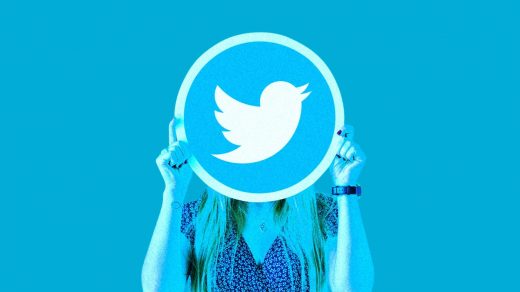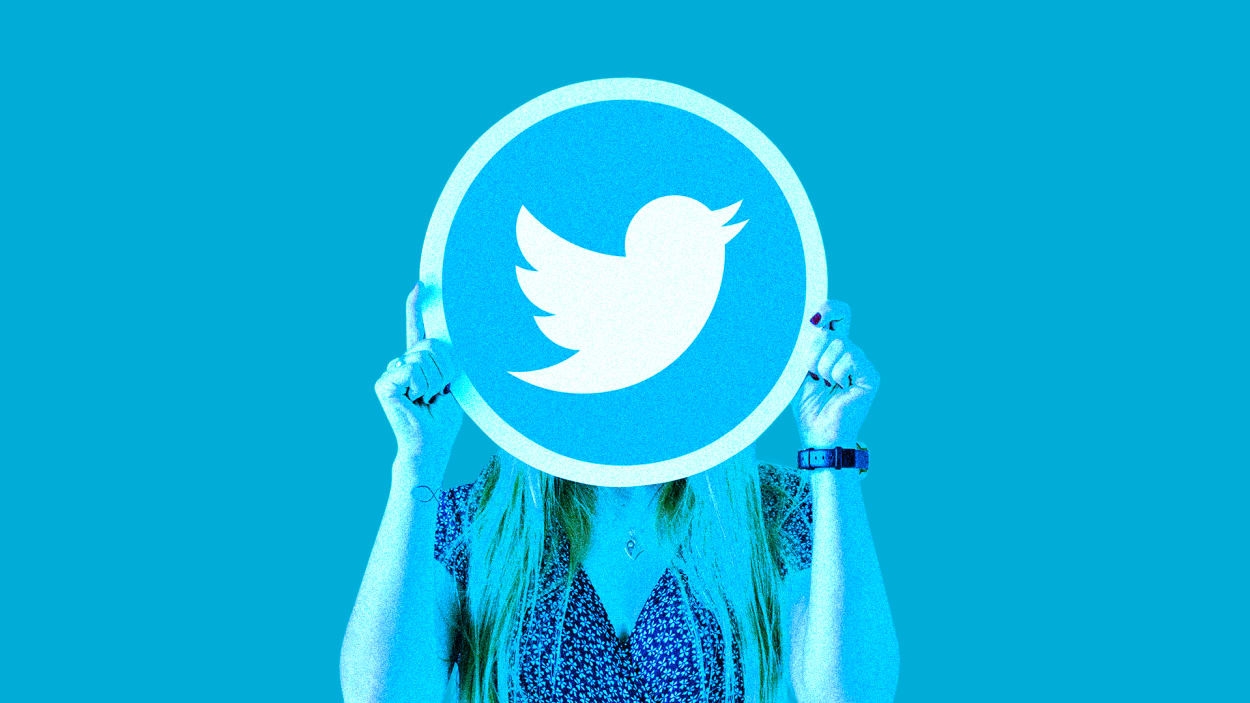Celebs won’t pay up for blue checks on Twitter, but here’s what people might actually pay for
The free ride is over.
That has been new Twitter owner Elon Musk’s message to “blue checks,” users whose identity the site has verified (usually because they’re celebrities, journalists, or high-profile users in some other field) and who therefore have a blue checkmark next to their name. Blue checks (of which, full disclosure, I’m one) have never had to pay for verification, created as a way to limit the risk of impersonation.
According to multiple reports, Musk came into Twitter planning to require these users to pay a monthly fee (of up to $20 a month) to keep the icon. Musk’s theory seemed to be that blue checks are such a valuable status symbol to those who have them that they would gladly pay hundreds of dollars a year to keep them. But when you look at the math, it makes a lot more sense for Twitter to charge casual users while incentivizing power users to stay on the site, whether they have a blue check or not.
It’s not surprising that Musk is looking for ways to generate more cash for Twitter. In order to purchase the company, he borrowed $13 billion of mostly high-interest debt, which means the company now has roughly $1 billion in annual interest payments (up from just $51 million in 2021).
Musk hopes to save some money by slashing Twitter’s payroll (some accounts have suggested he’d like to get rid of 50% of the company’s employees). But he also needs to boost the company’s revenue. And since his plans to do much less content moderation on the site (which will likely mean more hate speech, trolling, and misinformation) is already making big corporate advertisers uneasy, he needs a lucrative alternative to advertising, which currently accounts for about 85% of Twitter’s revenue.
So it’s easy to understand why charging people to use Twitter is such an appealing idea. Consumers pay for Netflix and Disney and HBO because those services all provide entertaining content—why shouldn’t they do the same for Twitter?
There’s a big difference between Netflix and Twitter, though: Twitter’s content is created entirely by users who do it for free. On top of that, the content that generates most of Twitter’s traffic and economic value comes from a relatively small percentage of its overall user base. According to internal Twitter documents released last week, “heavy tweeters” comprise less than 10% of all monthly users but account for 90% of all tweets and half of the company’s global revenue. Not all of these so-called power users have blue checks, but a lot of them do; and without them, the company can’t survive.
Given that, making Twitter’s chief content creators pay for the privilege of creating content for the site makes little economic sense. Musk’s implicit assumption seems to be that these users derive enough value from the site (in terms of building their brand and promoting their work)—and care enough about being blue checks—that they’d be willing to spend $20 a month for it.
Blue checks themselves, though, seem far less convinced that the icon is worth all that much. Tweeting about the prospect of paying $20 a month to keep his checkmark, author Stephen King, who has 6.9 million followers on the platform, put it bluntly: “Fuck that, they should pay me. If this gets instituted, I’m gone like Enron.” Musk made a plaintive reply to King’s tweet, saying, “We need to pay the bills somehow! Twitter cannot rely entirely on advertisers. How about $8?” But King’s response summed up the problem Musk faces: “It ain’t the money, it’s the principle of the thing.”
If Musk really thinks Twitter needs subscription revenue, then, high-profile users are exactly the wrong group to try to get it from. There aren’t enough of them to make a difference to Twitter’s bottom line (only 0.1% of Twitter’s active users have a blue check), and Twitter needs them more than they need Twitter. Instead, if Musk wants to try to bring in more subscription dollars, he should look to the far larger group of active users who frequent the site without necessarily producing a lot for it.
And Musk seems to now be moving in this direction. After his exchange with King (and perhaps as a result of it), he rolled out an entire new subscription proposal in a series of tweets, saying that for $8 a month, Twitter would offer verification to anyone who wanted it, along with priority in replies, mentions, and search, and a few other benefits. In effect, this would turn Twitter into a pay-for-play service, where people willing to shell out the $8 a month would have a fundamentally different experience from those that don’t. As Musk tweeted, “To all complainers, please continue complaining, but it will cost $8.”
It’s hard to know how popular this idea would be with ordinary Twitter users (and it’s unclear if Musk did any consumer research before floating it). When angel investor-turned-Twitter advisor Jason Calacanis, surveyed his followers, asking them how much they’d be willing to pay for a blue check, more than 80% of them said they would pay nothing, and just 10% said they would pay even $5 a month. Even so, if 10% of active users in the U.S. were willing to pay $8 a month for a blue check, that’d be close to $400 million in new annual revenue.
It would be pointless to do this, though, while implementing a scheme that alienates power users and asks them to pay for something that they’re currently getting for free. (It’s also odd to ask well-known people to pay for the privilege of not being impersonated on your site.) In fact, far from trying to charge power users to use the site, it would make much more sense for Twitter to start giving them incentives to stay on the site.
Musk nodded to that idea this weekend, when he tweeted that Twitter should “reward content creators.” In the long run, that could well mean paying high-profile users or giving them a share of ad revenue (which is what Instagram, YouTube, and TikTok do). In the short run, at the least it should mean verifying, for free, users who meet one of a variety of thresholds (number of followers, millions of impressions a month, etc.).
That doesn’t mean there are no subscription services that power users might be willing to pay Twitter for—Snap, for instance, has 1.5 million subscribers to Snapchat+, which offers customization options and early access to new features. But any business strategy for Twitter needs to reflect the fundamental reality of its business, which is that heavy tweeters are the main drivers of traffic, and active casual users are the biggest potential source of subscription revenue. Twitter users are deeply unequal in terms of the economic value they create for the site. There’s no obvious reason why Twitter needs to treat them all the same.
(43)



